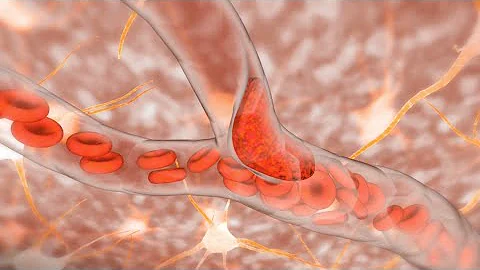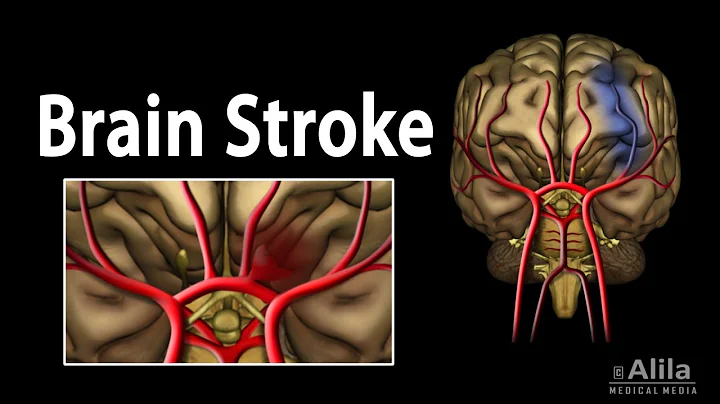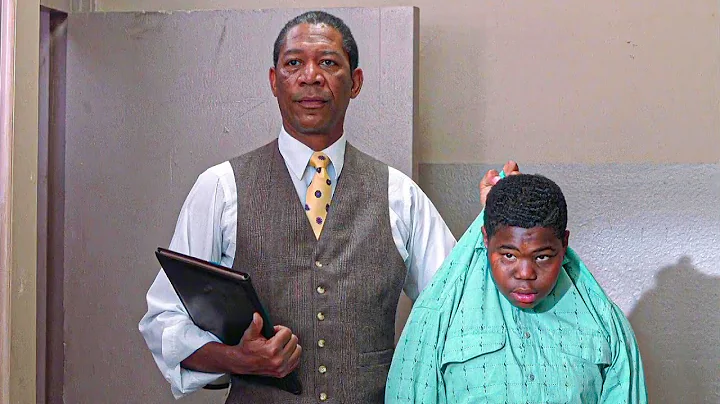
Stroke
Definition : An acute disease caused by sudden rupture and bleeding of blood vessels in the brain or cerebral ischemia and hypoxia caused by blood vessel blockage.
classification : ischemic stroke (85%) and hemorrhagic stroke
main symptoms : facial paralysis, muscle weakness, speech difficulty
main cause : atherosclerosis thrombosis
risk factors for stroke
1 , Factors that can be changed or controlled
High blood pressure, hyperlipidemia, diabetes, atrial fibrillation , smoking, alcoholism, obesity, too little exercise, past history of coronary heart disease or heart attack, past history of peripheral artery disease
2, unable Factors that can be changed or controlled
Age: The incidence rate increases with age
Gender: Male Female
Family history: Family history of cardiovascular and cerebrovascular diseases
Brain Stroke Misconceptions about stroke
Wrong view:
- Stroke is not preventable
- Stroke No treatment is required (cannot be cured)
-Stroke only occurs in the elderly
-Stroke will be cured after 6 months of treatment
Correct understanding:
-More than 80% of strokes are preventable
-If a stroke occurs, seek medical attention as soon as possible
- People of all ages may develop
- and may not recover for life.
Prevention of stroke
Prevention of onset ( primary prevention )
People who have never had a stroke or TIA: Risk factors should be detected early and comprehensive measures should be taken control.
Prevention of recurrence
Patients who have already had stroke/TIA: More active measures should be taken to avoid recurrence.

Specific measures
1. Keep blood pressure stable;
2. Pay attention to monitoring blood sugar and use hypoglycemic drugs under the guidance of a doctor;
3. Have a physical examination every six months to one year;
4. Do not use health care products instead of drug treatment;
5. Don’t worry about taking medicine. If adverse reactions occur and you stop taking blood-lipid-lowering drugs without permission;
6. Pay attention to a reasonable diet;
7. Eat less greasy food;
8. The overall diet should be low in salt, low fat, and low cholesterol;
9. Eat fresh vegetables often and eat more foods containing Bean products rich in plant protein;
10. Stop smoking and drinking;
11. Insist on physical exercise to improve cold resistance.
12. Participate in some cultural and sports activities within your ability.
Diet for stroke patients
If the condition of a stroke patient has stabilized, but there are varying degrees of consciousness disorders and dysphagia , a nasogastric feeding diet should be adopted.
If a stroke patient is conscious but sometimes chokes and coughs when eating, he should be given a paste diet.
If stroke patients do not have difficulty swallowing, they should mainly eat soft and balanced meals that are light, less greasy, and easy to digest.
Early rehabilitation training for stroke
1. Massage
Massage can not only promote blood circulation of the affected limbs and stimulate neurotrophic function, but also relax spasmodic muscles and reduce their muscle tension , which is conducive to the recovery of muscle strength. However, the massage technique should be gentle at the beginning to prevent sudden strong stimulation from causing reflex aggravation of limb spasms.
2. Passive exercise
Passive exercise can effectively activate the blood circulation of the limbs, stretch the shortened tendons and ligaments, relax the spastic muscles, and restore a certain degree of joint mobility.
3. Active exercises
Patients with incomplete paralysis, or complete hemiplegia on one side , should actively do active exercises when the muscle strength of the affected side has recovered.
Nursing care of stroke patients
1, daily life care
Create a good living environment. It is better to have a sunny room with a room temperature of 18-20°C and a humidity of 60%. The room should be regularly ventilated to keep the indoor air fresh.
The clothes you wear should be soft and moderately warm. The underwear should be pure cotton with good breathability. It should be changed and cleaned frequently.
Beds should be clean and dry, and should be aired and washed frequently.
2. Oral home care
Patients who can take care of themselves should rinse their mouth once a day in the morning and evening.
For those who have difficulty chewing and swallowing, clean their mouth after each meal to prevent residues from staying in the mouth and causing stomatitis or aspiration.
For nasal feeding patients, oral cleaning should be performed twice a day.
3. Home skin care
Cleaning the skin can promote blood circulation and has the effect of sleeping and calming. You should shower once a week for 15-20 minutes each time, with the water temperature 30-40°C.
For bedridden patients, pay attention to preventing the occurrence of bedsores.
For patients with diabetes, skin care is more important. Once infection occurs, go to the hospital for diagnosis and treatment in time.
4. Home care for bowel movements
Develop the habit of regular bowel movements. Giving a cup of hot drink before breakfast (hot water, milk, etc. can be used according to habits) can increase intestinal peristalsis and stimulate the rectal defecation reflex. In order to promote defecation, you can also massage the abdomen, from the lower right abdomen to the upper right, to the upper left abdomen, and then to the lower left abdomen. Repeat the massage 5 to 10 times to promote the downward peristalsis of the contents in the upper part of the colon to facilitate defecation.
Patients with habitual constipation should eat more crude fiber foods or take laxatives , or use kaiselu for defecation. If you still cannot defecate, you should give an enema.
People with incontinence of urine and urine should be wiped clean in time.

Statement: Some graphic content comes from the Internet, and the ownership belongs to the original author.





















